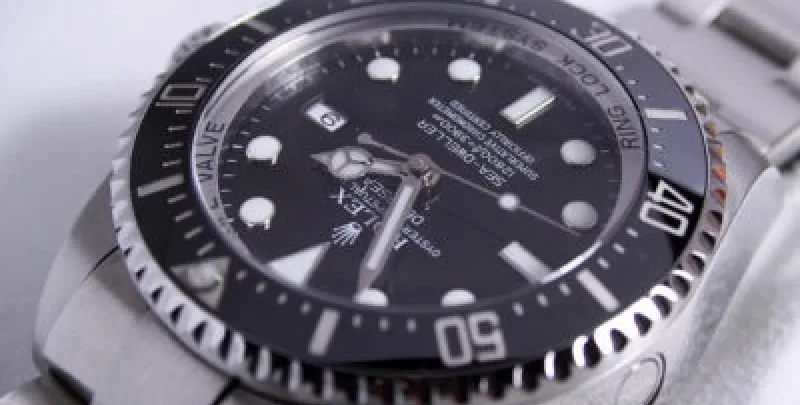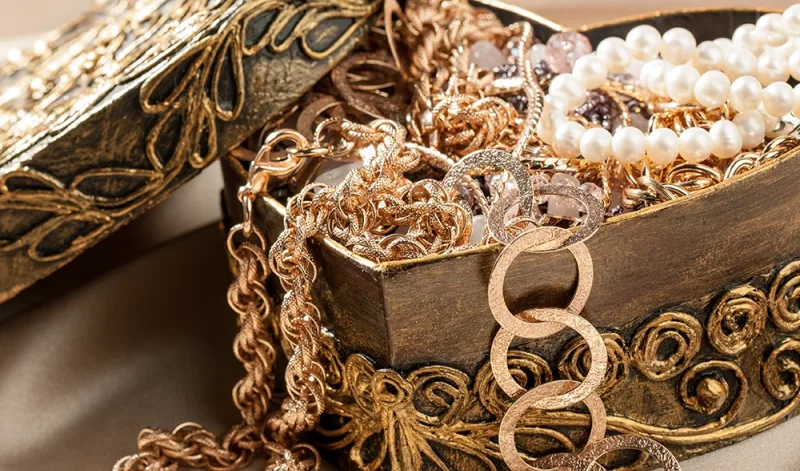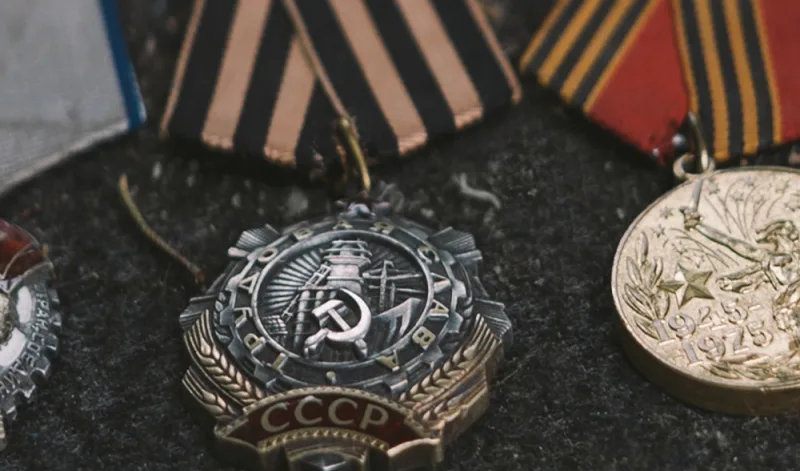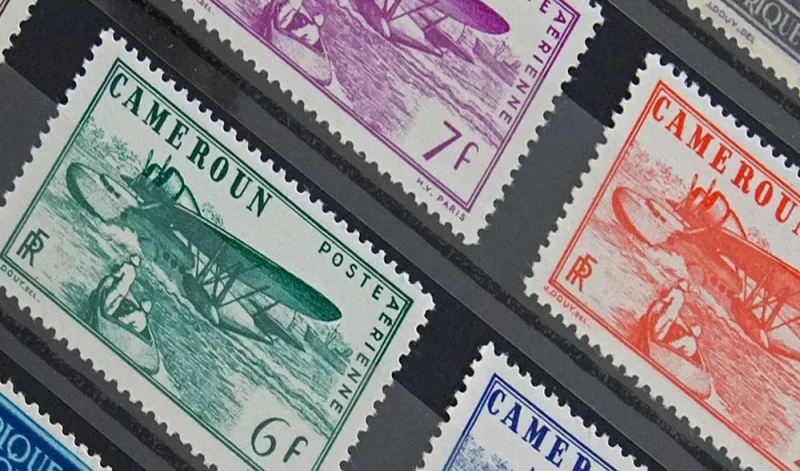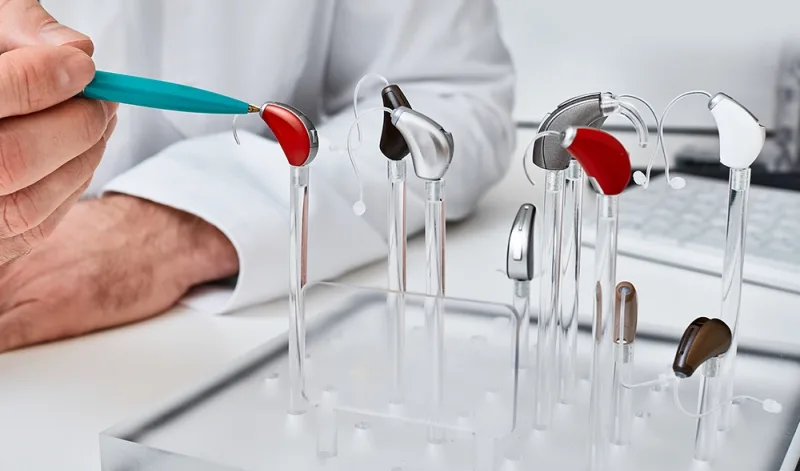Rolex is a brand synonymous with luxury and style, but also with exacting standards of precision, accuracy and reliability. That’s what makes a Rolex, well… a Rolex.
It’s also what led to the brand to become the official timing partner of Bloodhound SSC: the project to develop and manufacture a supersonic car capable of setting a new World Land Speed Record of 1000mph in 2015/16, when it will be driven across the Hakskeen Pan desert in South Africa.
Instruments of speed
Earlier this month, Rolex unveiled the two bespoke instruments specially created to feature in the car’s cockpit: an analogue speedometer and chronometer (stopwatch).
Both pieces took three years to design and manufacture and are the most accurate and reliable instruments of measurement ever to be fitted in a land speed record car. They will also play a key role in the project’s success, and to the safety of Bloodhound driver, Andy Green, who already holds the current world land-speed record.
Vital components
Green will use the speedometer to accurately measure the speed that the car will be travelling at; this will be vital in order to apply the airbrakes and/or drag chutes at the correct moment. Deploy the chutes too fast and they’ll tear off, leaving the car to shoot off the end of the 20-kilometre track. Too slow and there will not be enough desert left in which to stop, leading to the same result.
Though the chronometer will not be used to measure the official time of the record attempt (travelling at 1000mph, Green will be a little busy for that), it is essential for maintaining various systems on the car, such as allowing the jet engine sufficient time to cool between runs.
Flawless, iconic deign
Both instruments feature the characteristic Rolex analogue dials, and are driven by a GPS sensor and internal battery for fail-safe precision and reliability. Using the GPS signal, the stopwatch should be correct to approximately one-millionth of a second. That’s accurate.
Powerful collaborations
The Rolex-Bloodhound collaboration is not the first instance of Rolex’s place in the history of speed, an association which goes back to Sir Malcolm Campbell and his world land speed record successes of the 1930s, wearing a Rolex Oyster strapped around his wrist. Today, Rolex is the official timekeeper for the FIA Formula 1, the 24 Hours of Daytona (or Rolex 24 at Daytona, as it is also known), Wimbledon and two golf majors.
The brand’s link with pioneering technology also extends to other extreme sports. The Oyster DeepSea model was worn by Mercedes Gleitzer as she swam the English Channel in 1927; and carried on board the Trieste when the Swiss-designed bathyscaphe made its record breaking deep-sea descent in 1960, withstanding tremendous amounts of pressure.
Protecting your Rolex
Most people do not require quite the same level of timekeeping precision and accuracy as Wing Commander, Andy Green, or other sporting heroes; yet if you own a Rolex, or are giving one as a gift, you’ll want to know that such a precious item is protected. So, whether you’re shooting through the South African desert at 1000mph, or enjoying life at a slightly slower pace, you may want to consider our specialist Rolex Insurance.


